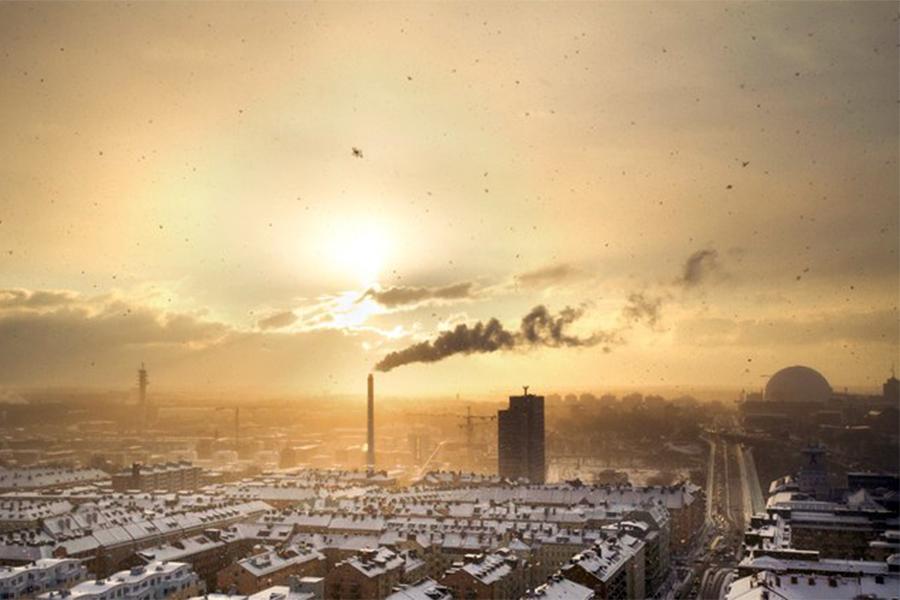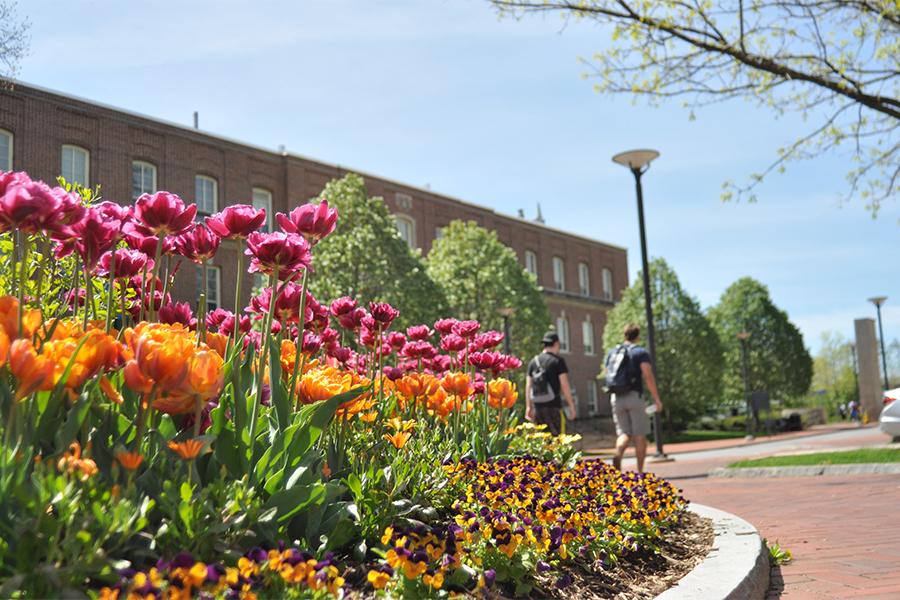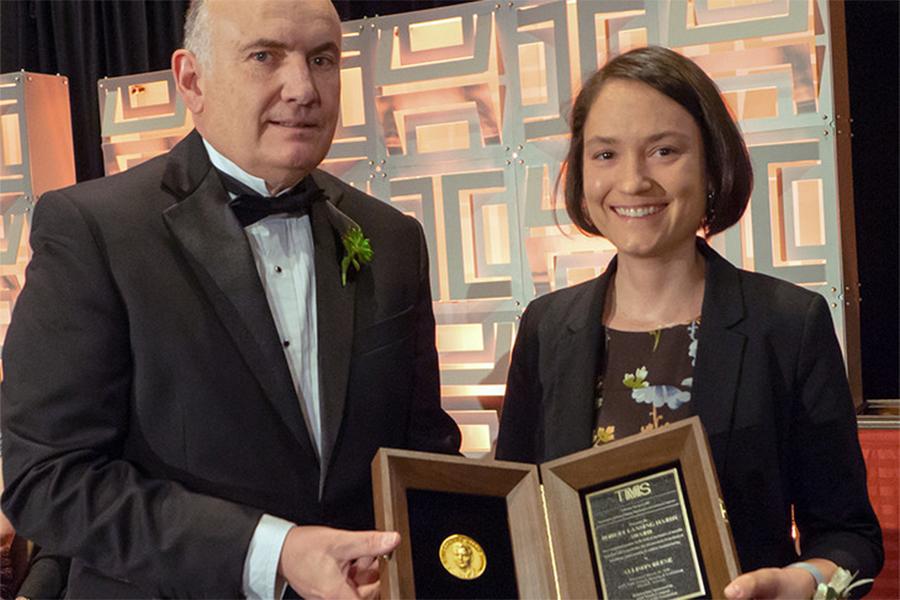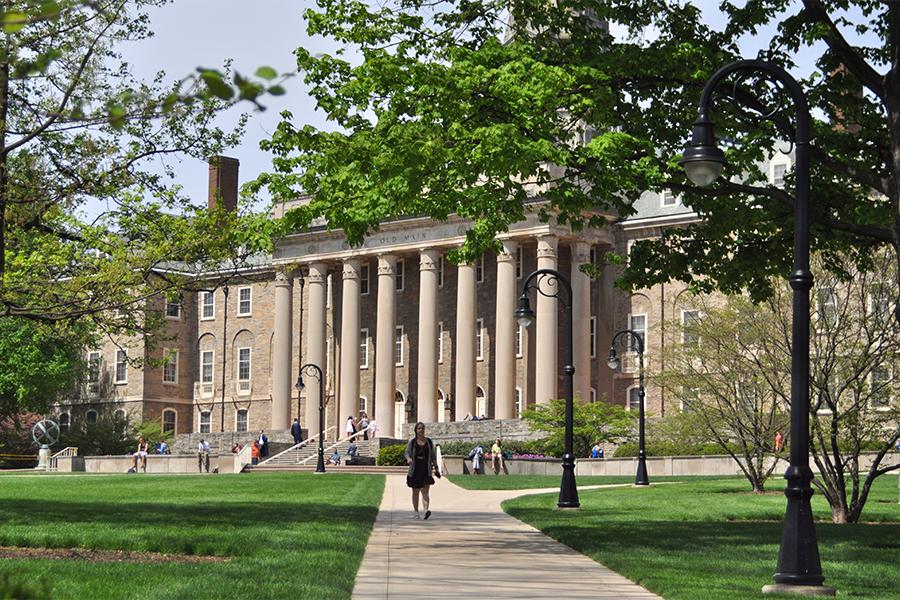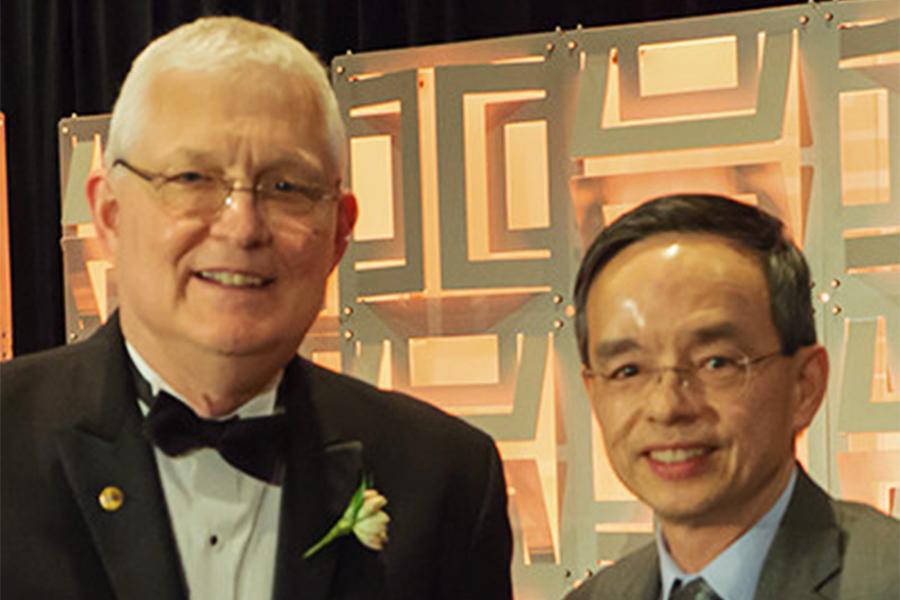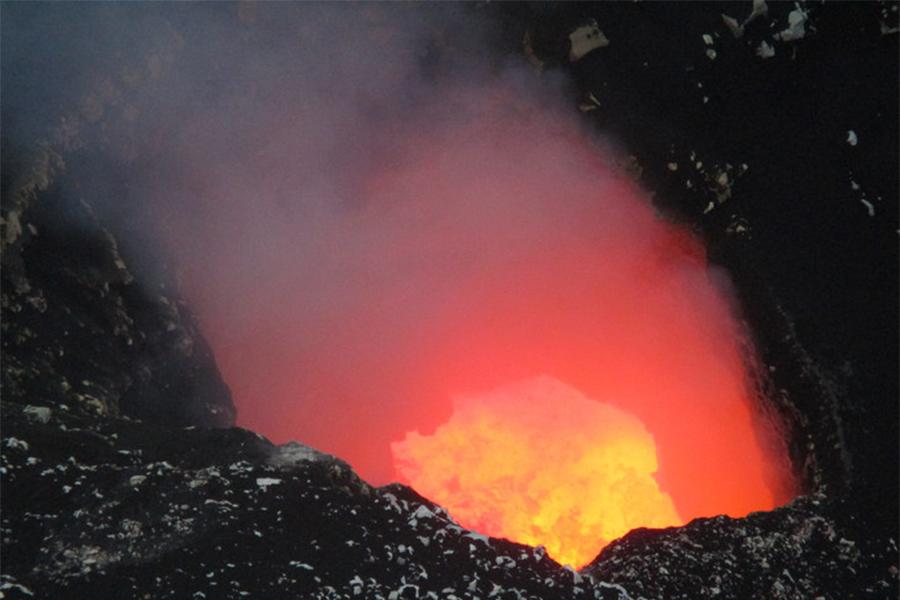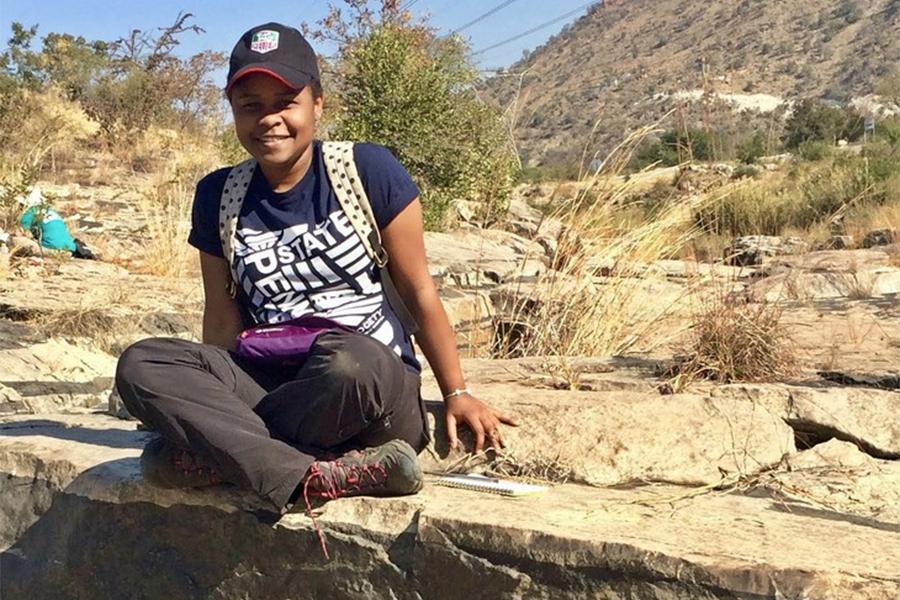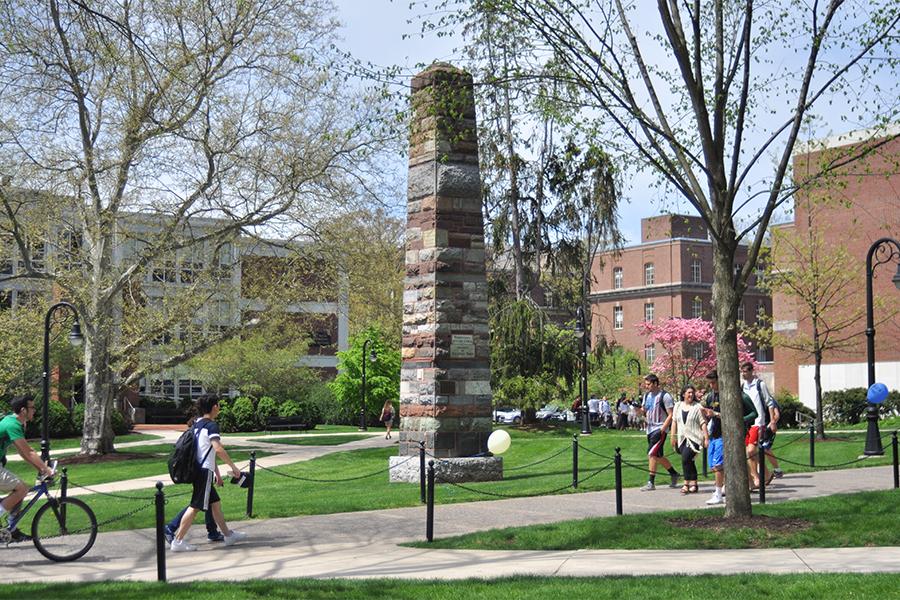At 4 p.m. on April 4 in 101 Chambers Building, a panel discussion titled “Sustain What?” will look at the complexity of sustainability, what it means in relation to a changing climate, and how it impacts life on earth.
The Institute for CyberScience (ICS) has announced the recipients of the 2018 ICS Seed Grant awards. This year, 18 researchers will receive funding from ICS. More than $413,000 is being awarded through this program.
About 250 million years ago, when the Earth had no ice caps and the water around the equator was too hot for reptiles, sea level still rose and fell over time. Now, an international team of researchers has developed a way to track sea-level rise and fall and to tease out what caused the changes in the absence of ice sheets.
Rebekka Kuhn, academic adviser in the Division of Undergraduate Studies, and Brandi Robinson, faculty adviser for the Energy and Sustainability Policy program in the John and Willie Leone Family Department of Energy and Mineral Engineering, have been selected to receive the 2018 Penn State Excellence in Advising Award.
Allison Beese, assistant professor of materials science and engineering, received the 2018 Minerals, Metals & Materials Society (TMS) AIME Robert Lansing Hardy Award for exceptional promise in the field of mechanics of metallic materials and in particular, the advancement of mechanical metallurgy understanding in additive manufacturing.
Six University faculty members have received 2018 Faculty Scholar Medals for Outstanding Achievement -- John M. Carroll, distinguished professor of information sciences and technology; Neil Christensen, professor of pathology, and microbiology and immunology; Bernhard Luscher, professor of biology, biochemistry and molecular biology; Sandra Spanier, liberal arts professor of English; Qing Wang, professor of materials science and engineering; and Fuqing Zhang, professor of meteorology and atmospheric sciences.
Zi-Kui Liu, distinguished professor of materials science and engineering in the College of Earth and Mineral Sciences, received the 2018 William Hume-Rothery Award for his exceptional contributions to the science of alloys during the Minerals, Metals & Materials Society’s (TMS) Annual Meeting and Exhibition, held March 11-15 in Phoenix.
Using satellite imaging, Penn State researchers for the first time identified a major magma supply into a reservoir extending almost 2 miles from the crater of a volcano in Nicaragua.
When she was 7 years old, Trinidad and Tobago native Safiya Alpheus searched for fossils in her backyard, starting her passion for geology, which solidified in high school. Her love of rocks led her to Penn State to study geosciences in the College of Earth and Mineral Sciences.
In the most recent U.S. News & World Report rankings of graduate schools, Penn State’s College of Earth and Mineral Sciences (EMS) has highly ranked programs in the both the engineering and sciences categories.


